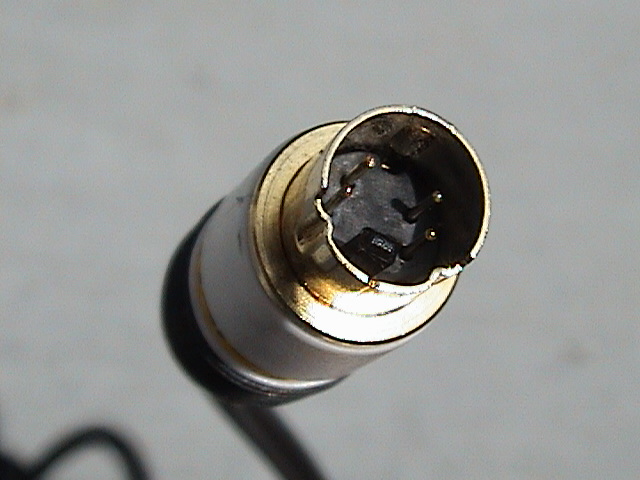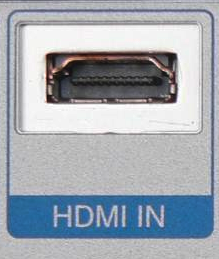file creates
metadata benchmarks
The number of seeks per second should be fairly bound by your hardware
The rewrite test is important if you are running applications that modify data in place
benchmarks reported as +++++
when that particular benchmark completes too quickly
use the -n option to specify that more files should be used for the metadata tests
-n file_num:file_size_max:file_size_min:dir_num
default is 16:0:0:1
#!/bin/sh
target=/home/test/tmp;
logfile=bonnie.log;
mkdir $target -p; rm $logfile -rf;
size=0;
step=10000;
while [ $size -le 1000000 ] ; do
bonnie++ -d $target -n 32:$size:$size:10 -q -u 0 >> $logfile
size=$(($size+$step));
done;
http://www.coker.com.au/bonnie++/
Benchmark Tool - bonnie++
http://vk-work.blogspot.com/2006/06/benchmark-tool-bonnie_115124950416203700.html
使用Bonnie++进行系统IO性能测试
http://www.eygle.com/archives/2004/10/use_bonnie_plus2_test_iospeed.html
Using Bonnie++ for filesystem performance benchmarking
http://www.linux.com/feature/139742
A new utility for quickly interpreting multiple Bonnie++ benchmarks
http://www.linux.com/feature/139743
SSD vs. SATA RAID: A performance benchmark
http://www.linux.com/feature/142657
SSD vs. SATA benchmarks, round 2: Server applications
http://www.linux.com/feature/142658
Benchmarking hardware RAID vs. Linux kernel software RAID
http://www.linux.com/feature/140734





















